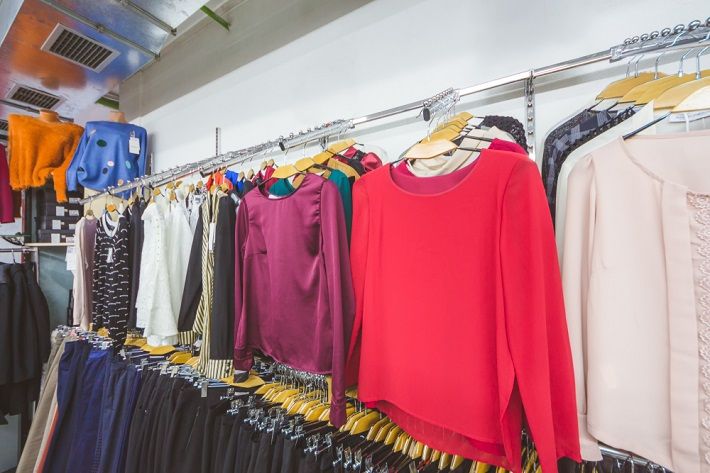
Increasing sourcing and production costs remain a top concern for the US fashion industry, according to United States Fashion Industry Association’s (USFIA) ninth annual Fashion Industry Benchmarking Study, a survey of executives from over 30 leading fashion brands, retailers, importers and wholesalers.
For the first time in the nine-year history of the Benchmarking Study, 100 per cent of respondents expect their sourcing costs to increase in 2022. US fashion companies continue to adopt a more diverse sourcing base, to handle supply chain disruptions and growing sourcing risks. Reducing ‘China exposure’ is one crucial driver of US fashion companies’ sourcing diversification strategy. One-third of respondents report sourcing less than 10 per cent of their apparel products from China this year. In addition, a new record of 50 per cent of respondents source more from Vietnam than China in 2022.
Asia remains the dominant supplier of apparel. This key finding has been consistent over the last nine years. Almost all the top ten most-utilised apparel sourcing destinations in 2021 are Asia-based, led by China (91 per cent), Vietnam (88 per cent), Bangladesh (84 per cent), and India (72 per cent). However, there is considerable excitement about increasing apparel sourcing from the Dominican Republic-Central America Free Trade Agreement (CAFTA-DR) region. Over the next two years, 60 per cent of respondents plan to increase sourcing from CAFTA-DR. Improving textile raw material supply will be critical to encouraging more US apparel sourcing from the region.
US fashion companies strongly support another ten-year renewal of the African Growth and Opportunity Act (AGOA). Meanwhile, Ethiopia’s loss of AGOA benefits is negatively impacting the region. No respondent plans to move sourcing orders from Ethiopia to another AGOA beneficiary country. This highlights the uncertain future for sourcing when supply chains are disrupted, as per the study.
Respondents represent companies with headquarters or major management offices in the US. This year, around 75 per cent of respondents also have headquarters or major management offices outside the US, including China, Asia other than China, Europe, Eastern and Central America, and Mexico, among others. In addition to 100 per cent selling products in the US, over half of respondents also sell products in Canada, Western Europe, Mexico, and Asia. These patterns reflect the global nature of the fashion business today and the ever-closer connection of the US fashion industry with markets and supply chain partners worldwide.
The study was conducted in conjunction with Dr. Sheng Lu, associate professor in the University of Delaware Department of Fashion & Apparel Studies.
Fibre2Fashion News Desk (KD)